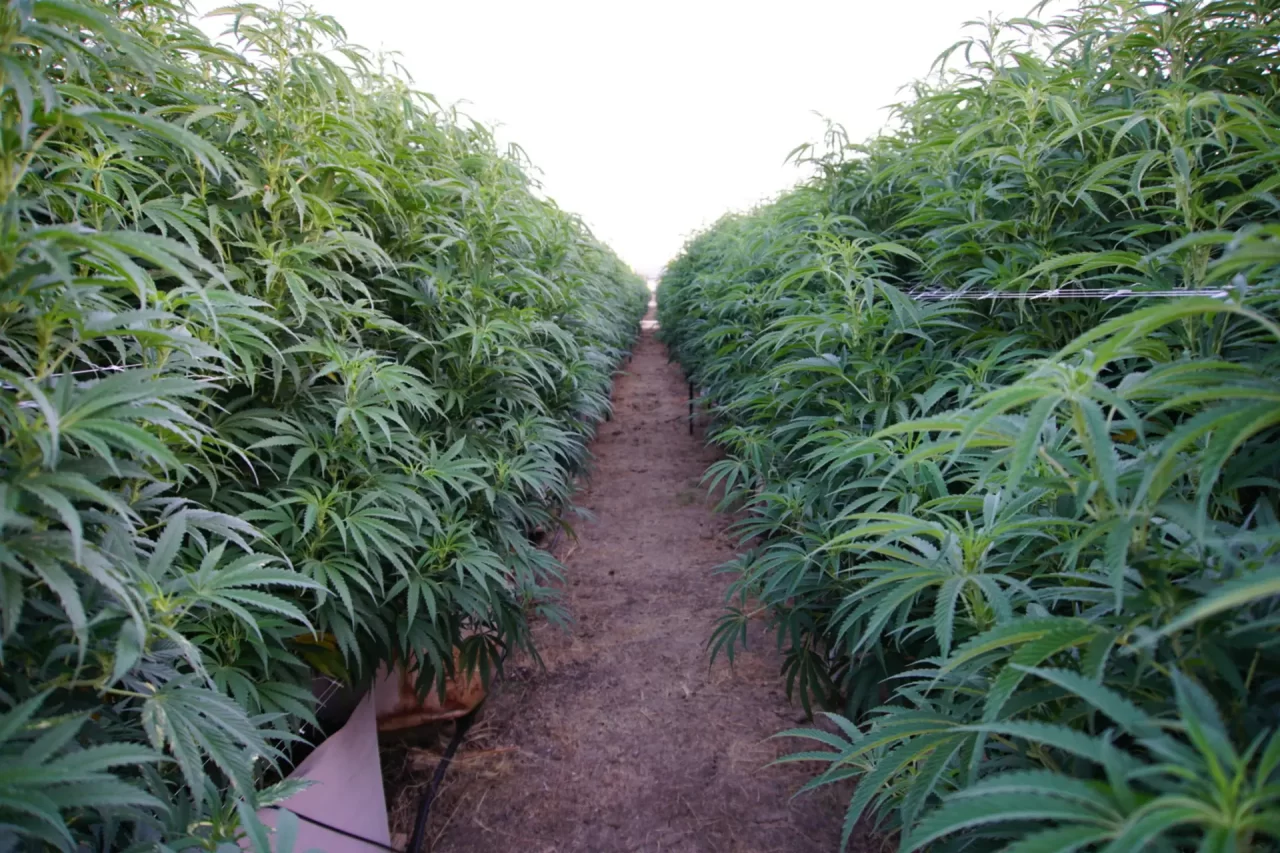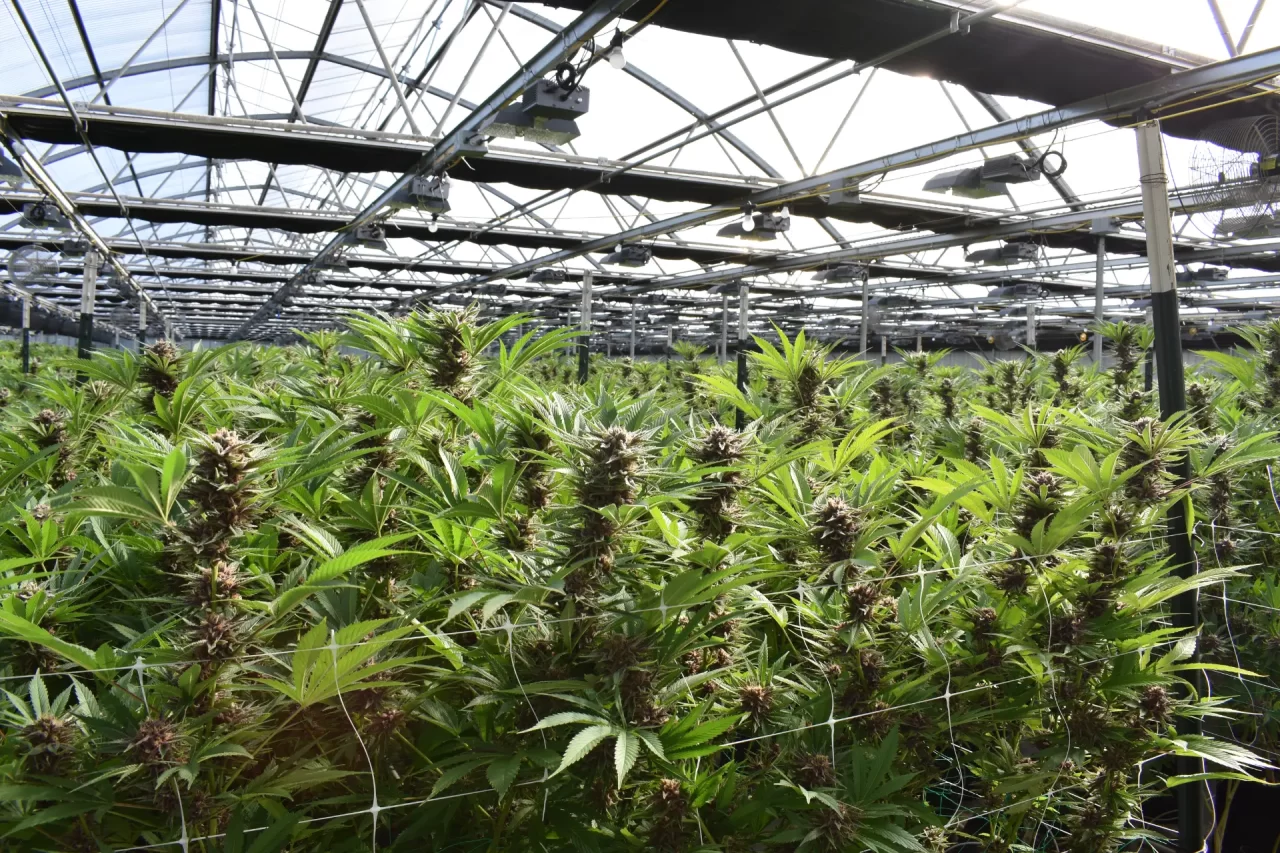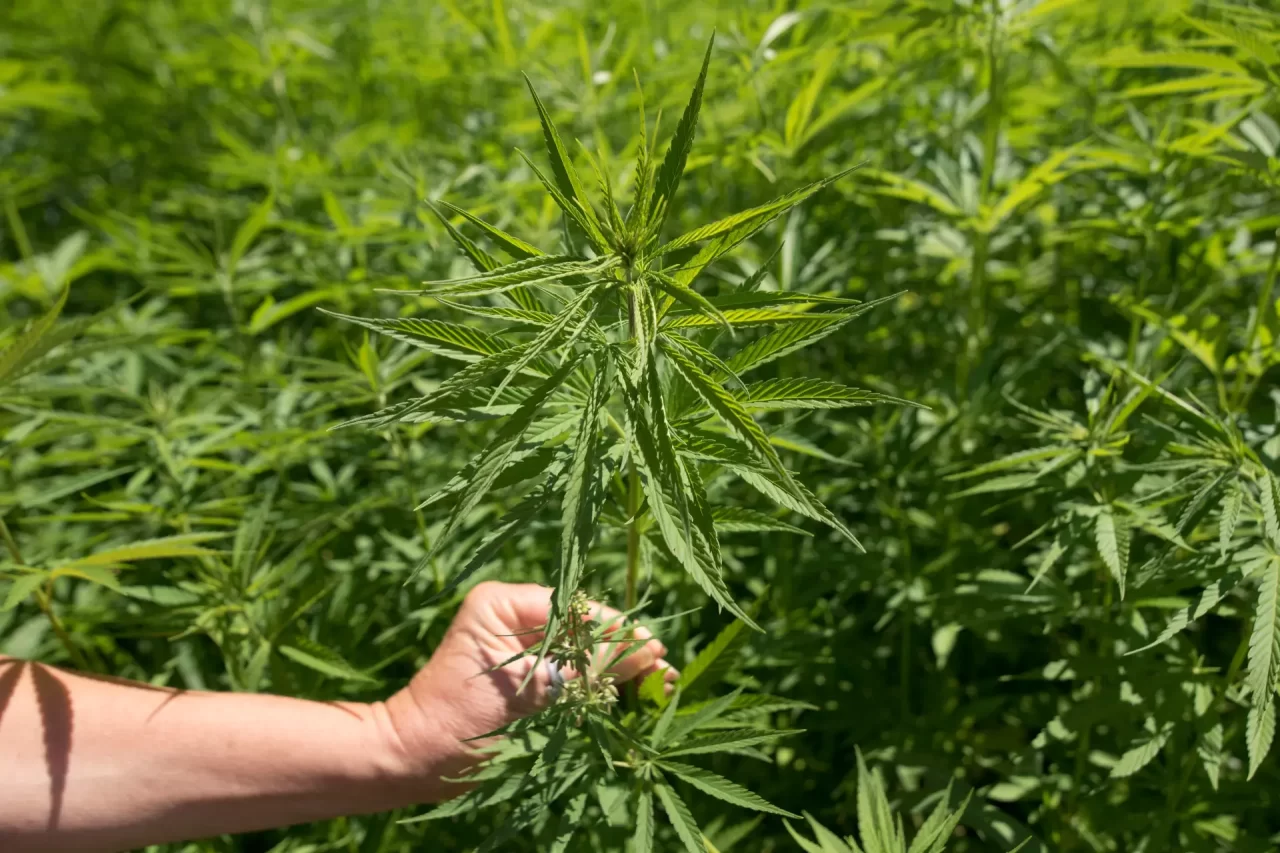Northern Lights cannabis is one of the most renowned and revered strains in the world. Originating from a blend of Afghan and Thai landrace strains, Northern Lights has established itself as a cornerstone in the cannabis community. Known for its potent effects and resilience, this strain has become a favorite among both recreational users and cultivators.
The strain’s history dates back to the 1980s, and it has been praised for its consistent quality and ease of growth. It has won numerous awards over the years, solidifying its place in cannabis history. The origins of Northern Lights are as mysterious as they are fascinating, with its exact lineage often debated, but what remains clear is its profound impact on the industry.
Northern Lights cannabis is a popular choice among cultivators for several reasons. Firstly, its genetic makeup makes it highly resilient, meaning it can withstand various growing conditions without compromising on yield or potency. This strain is particularly forgiving for beginners, offering a rewarding experience with minimal risk of failure. Its short flowering time, typically around 6 to 8 weeks, also contributes to its appeal.
The strain’s compact size and structure make it ideal for indoor cultivation, allowing growers to maximize space and control environmental factors more effectively. Beyond its ease of cultivation, Northern Lights is prized for its high yield of dense, resinous buds that produce a powerful, relaxing effect. These qualities, combined with its legendary status, make Northern Lights cultivation a highly desirable endeavor for both novice and experienced growers alike.

Optimal Conditions for Northern Lights Growing
Benefits of Indoor Cultivation
Northern Lights seeds thrive in controlled environments where factors such as temperature, humidity, and light can be precisely managed. Indoor cultivation offers the advantage of shielding plants from the unpredictable and often harsh outdoor conditions. By growing Northern Lights cannabis indoors, cultivators can create a stable and consistent environment that encourages robust growth and high-quality yields. The ability to control every aspect of the growing environment ensures that the plants receive the best care possible, leading to healthier crops and more potent buds.
While indoor growing has benefits, Northern Lights seeds can also be successfully cultivated outdoors in regions with suitable climates, particularly in areas with warm, sunny conditions and low humidity.
Temperature and Humidity Control
Maintaining the right temperature and humidity levels is important for successful Northern Lights cultivation. This strain prefers a warm environment, with daytime temperatures ranging between 70°F and 85°F. Nighttime temperatures should ideally drop by about 10°F to mimic the plant’s natural outdoor conditions. Humidity levels should be carefully monitored and adjusted throughout the different stages of growth.
During the vegetative stage, higher humidity levels (around 60-70%) are beneficial as they encourage vigorous leaf and stem development. As the plants transition into the flowering stage, lowering the humidity to around 40-50% is important to prevent mold and mildew from developing on the buds. Proper management of temperature and humidity not only supports healthy growth but also enhances the potency and aroma of the final product.
Light Cycles for Vegetative and Flowering Stages
Lighting is another critical factor in cultivating Northern Lights cannabis successfully. Light cycle changes from 18 hours of light to 12 hours signals the plants to begin producing buds. By carefully managing the light cycles, growers can maximize their yield and achieve dense, resinous buds.
Soil Preparation and Nutrient Management
Northern Lights seeds flourish in well-draining, nutrient-rich soil that supports healthy root development and plant growth. Before planting, prepare the soil by mixing in organic matter, which improves the overall structure and provides essential nutrients.
During the growing process, monitoring the pH level of the soil is crucial, as it directly affects the plant’s ability to absorb nutrients. Northern Lights prefers a slightly acidic pH level, around 6.0 to 6.5. Additionally, feeding the plants with the right balance of macro and micronutrients is key to promoting vigorous growth and high yields. Nitrogen is particularly important during the vegetative stage, while phosphorus and potassium become more critical during the flowering stage. By paying close attention to soil quality and nutrient management, cultivators can ensure your Northern Lights cannabis plants reach their full potential.
Managing Pests and Diseases in Northern Lights Cultivation
Common Pests That Affect Northern Lights
One of the challenges growers may face during cultivation is managing pests. Despite the strain’s resilience, it is not entirely immune to the common pests that plague cannabis plants. Among the most notorious are spider mites, aphids, and whiteflies.
Spider mites, in particular, are a persistent problem due to their rapid reproduction and ability to cause damage in a short time. They feed on the plant’s sap, leading to discoloration and weakening of the leaves. Aphids and whiteflies also pose a threat by sucking the plant’s nutrients, which can stunt growth and reduce overall vitality. Recognizing the early signs of pest infestations, such as yellowing leaves or the presence of small insects, is crucial for prompt intervention. Effective pest management is essential to maintaining the health and yield of Northern Lights cannabis plants.
Effective Pest Control Strategies
To protect your marijuana from pests, growers can implement a combination of preventive and reactive strategies.
One of the most effective preventive measures is maintaining a clean growing environment. Regularly inspecting plants and keeping the cultivation area free of debris can help deter pests from settling in. Introducing beneficial insects, such as ladybugs or predatory mites, can also serve as a natural way to keep pest populations in check. These insects prey on harmful pests without damaging the plants, providing a sustainable method of control.
When an infestation does occur, using organic pesticides like neem oil can be an effective solution. Neem oil works by disrupting the feeding and reproductive cycles of pests, ultimately reducing their numbers without harming the plants. It’s important to apply such treatments carefully to avoid any negative impact on the plant’s development. By combining these strategies, growers can effectively manage pest threats and protect their yield.

Disease Prevention and Management
Diseases may pose another challenge in Northern Lights cultivation, particularly in environments where humidity levels are not adequately controlled. Fungal diseases such as powdery mildew and botrytis (gray mold) are issues that can severely affect the health of the plants.
Powdery mildew appears as a white substance on the leaves, while botrytis causes buds to rot from the inside out. Both diseases thrive in conditions where humidity is high and airflow is poor. To prevent these diseases, it’s crucial to maintain proper air circulation within the grow space and keep humidity levels within the optimal range, especially during the flowering stage. Regularly inspecting plants for any signs of disease and removing affected areas immediately can help contain the spread. In cases where disease takes hold, treating the plants with organic fungicides can help manage the issue without causing harm to the buds.
Organic vs. Chemical Pest Control Methods
When managing pests, growers must decide between using organic or chemical methods. Each approach has its advantages and drawbacks, and understanding these can help cultivators make informed decisions to protect their crops while maintaining the quality of the final product.
- Organic Pest Control:
- Environmental Benefits: Organic methods are environmentally friendly, minimizing the impact on surrounding ecosystems.
- Purity of Product: Organic methods maintain the integrity and purity of Northern Lights marijuana, ensuring that the final product is free from harmful chemicals.
- Examples: Introducing beneficial insects, applying neem oil, and using organic sprays are common practices in organic pest control.
- Safety: Organic methods are generally safer for both the plants and the grower, reducing the risk of harmful side effects.
- Chemical Pest Control:
- Effectiveness: Chemical pesticides are often more effective in quickly addressing severe infestations.
- Residue Risk: The use of chemical treatments can leave residues on the plants, potentially affecting the quality and safety of the cannabis.
- Pest Resistance: Over time, pests may develop resistance to chemical pesticides, making them harder to control.
- Caution Needed: While effective, chemical methods should be used sparingly to avoid long-term damage to the crop and environment.
For many growers, starting with organic methods is preferred to preserve the strain’s quality and protect the environment, reserving chemical interventions for cases where organic solutions may not suffice. This balanced approach helps ensure that Northern Lights cannabis seeds produce healthy, high-quality plants throughout the cultivation process.
Light Setup and Photoperiod for Maximum Yield
Choosing the Right Light Setup for Indoor Growth
Selecting the appropriate lighting setup will maximize your yield of Northern Lights. The type of light you choose can significantly influence the growth, health, and productivity of the plants.
High-Intensity Discharge (HID) lights, such as Metal Halide (MH) and High-Pressure Sodium (HPS) lights, have historically been popular choices among indoor cultivators. MH lights are often used during the vegetative stage because they emit a blue spectrum that encourages robust leaf and stem growth. As the plants transition into the flowering stage, HPS lights become more favorable due to their red spectrum, which promotes bud development.
Light Emitting Diode (LED) lights have gained traction and have become highly recommended in recent years due to their energy efficiency and ability to produce a full spectrum of light suitable for all growth stages. LED lights also generate less heat, reducing the need for extensive cooling systems and lowering overall energy costs.
The right lighting setup not only supports healthy plant development but also plays a critical role in maximizing the Northern Lights cannabis yield by ensuring that plants receive the optimal light intensity and spectrum throughout their growth cycle.
Adjusting Light Schedules for Vegetative Growth
During the vegetative stage, the plants require a longer duration of light, around 18 hours of light followed by 6 hours of darkness. This extended light period mimics the long days of summer, signaling to the plants that it’s time to focus on building a strong foundation of roots, stems, and leaves.
Maintain a consistent lighting schedule during this stage, as any disruption can stress the plants and potentially stunt their growth. Properly managing the light cycle during the vegetative stage allows the plants to develop the structure and strength needed to support the heavy buds they will produce later on. This is essential for ensuring that your Northern Lights marijuana plants are well-prepared for the flowering stage, where they will shift their energy towards producing the resinous, potent buds.
Transitioning to Flowering Light Cycles
As the plants mature and are ready to transition into the flowering stage, adjusting the lighting schedule becomes necessary. The light cycle needs to be reduced to 12 hours of light and 12 hours of darkness. This change mimics the shorter days of late summer and early fall, triggering the plants to begin flowering.
The transition to a flowering light cycle directly impacts the quality and quantity of the final harvest. By carefully controlling the light exposure, growers can ensure that the plants focus their energy on producing dense, aromatic buds that characterize the Northern Lights cannabis strain.

Maximizing Light Intensity and Coverage
Achieving the best possible yield from Northern Lights cannabis seeds requires not just the right light type and schedule but also proper light intensity and coverage. The intensity of light reaching the plants influences their growth rate and bud development. If the light is too weak, the plants may stretch, leading to tall, spindly growth with fewer buds. On the other hand, too much light intensity can cause light burn, damaging the leaves and reducing the overall quality of the buds.
To maximize light coverage, growers can use reflective materials on the walls of the grow space, ensuring that light is distributed evenly across all parts of the plant. Positioning the lights at the correct distance from the canopy is also important; too close, and the plants may suffer from heat stress, too far, and they may not receive enough light to thrive. By carefully managing light intensity and ensuring even coverage, cultivators can optimize the growth conditions and achieve a bountiful, high-quality harvest.
Selecting and Purchasing Northern Lights Cannabis Seeds
How to Identify High-Quality Northern Lights Seeds
Identifying high-quality seeds is important first step in growing your Northern Light cannabis plants. The seeds you choose directly influence the potential growth, resilience, and overall yield of your plants. By carefully selecting seeds with the right characteristics, you lay a strong foundation for a thriving cultivation process. Here are five key factors to consider when identifying high-quality Northern Lights cannabis seeds:
- Color and Appearance: High-quality seeds are typically dark brown or black, with a glossy or waxy finish. This coloration indicates maturity and a higher likelihood of successful germination.
- Firmness: The seeds should feel firm when gently pressed. Immature seeds, which are often pale or greenish, may crack easily and are less likely to develop into strong plants.
- Surface Patterns: Look for seeds with subtle tiger stripes or mottling on the surface. These patterns are often associated with genetically stable and potent strains, indicating a higher quality seed.
- Source: Source seeds from reputable breeders and well-established seed banks like Premium Seed Market.
- Genetic Integrity: Premium Seed Market prioritizes genetic stability. This ensures that the plants will express the desired traits consistently, providing a more predictable and rewarding cultivation experience.
By focusing on these key factors, you can ensure that your plants have the best possible start, leading to a bountiful and high-quality harvest.
Trusted Online Seed Banks for Northern Lights
Premium Seed Market has made it easier than ever to access a wide variety of strains, including Northern Lights. We offer detailed information about the strain’s lineage, characteristics, and growing requirements, helping you make an informed decision. We have built our reputation over many years and are known for our high-quality genetics and reliable service. Premium Seed Market has strong track record of delivering quality seeds that match the advertised strain specifications.
Growing the Northern Lights cannabis strain requires attention to detail and a commitment to understanding the unique needs of this iconic plant. From selecting high-quality seeds to managing the ideal growing conditions, every step in the cultivation process plays a crucial role in determining the success of your harvest.
By focusing on optimal light setups, carefully monitoring light schedules, and implementing effective pest and disease management strategies, growers can maximize both yield and potency. Adhering to best practices for cannabis cultivation ensures that each plant thrives, producing the dense, resinous buds that Northern Lights is renowned for. As you embark on your cultivation journey, remember that patience, consistency, and a deep understanding of your plants’ needs are the keys to a bountiful and rewarding harvest of Northern Lights cannabis.

